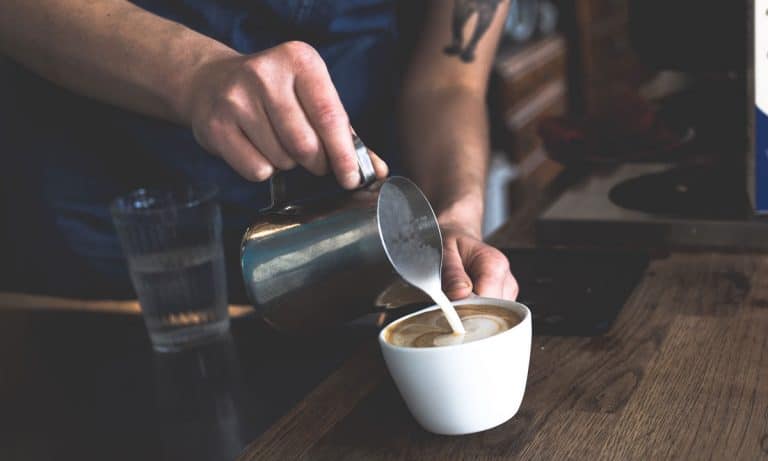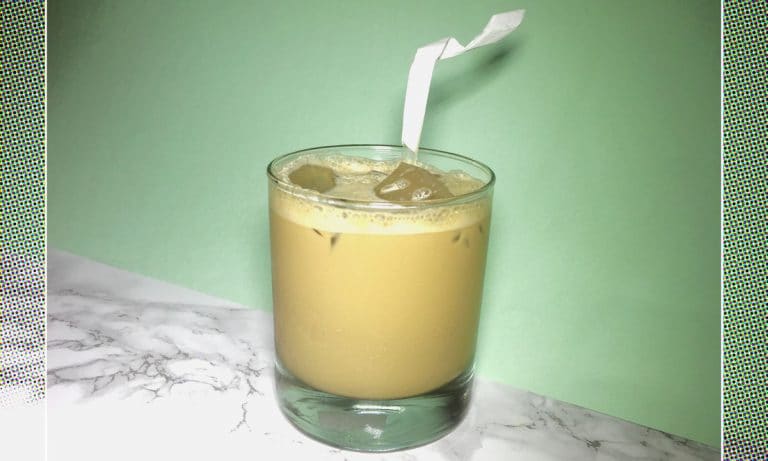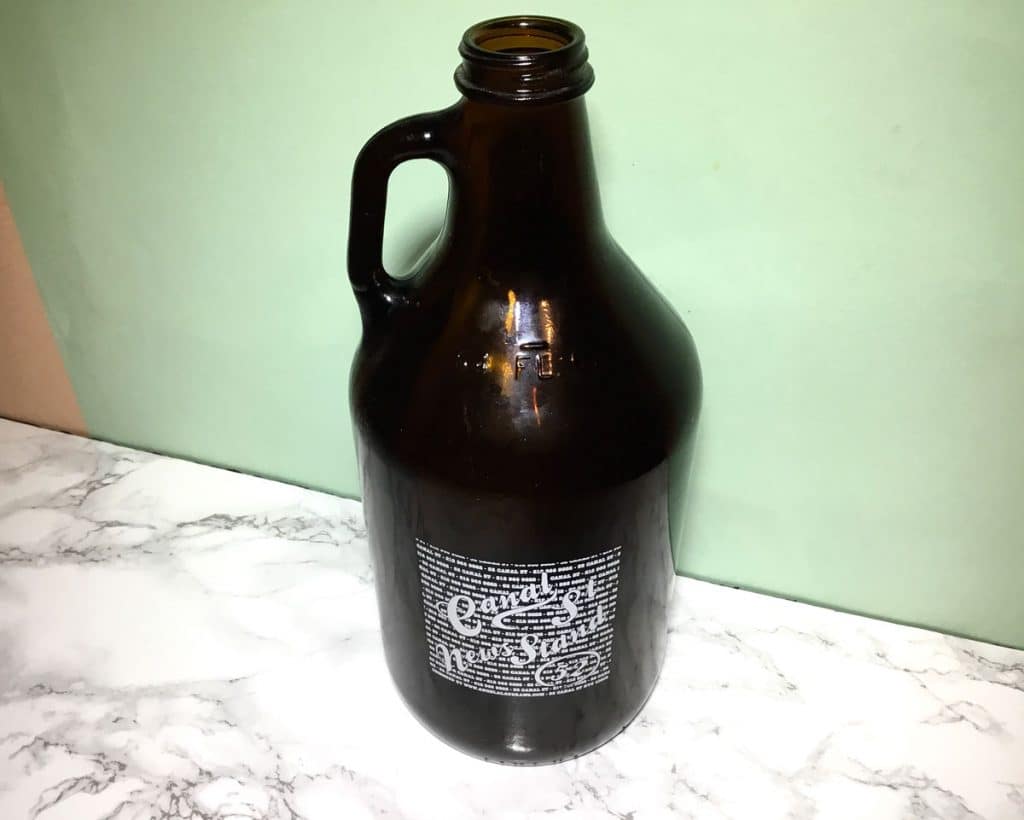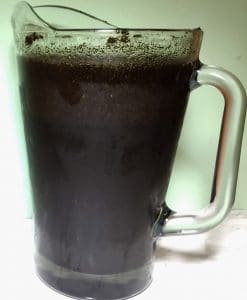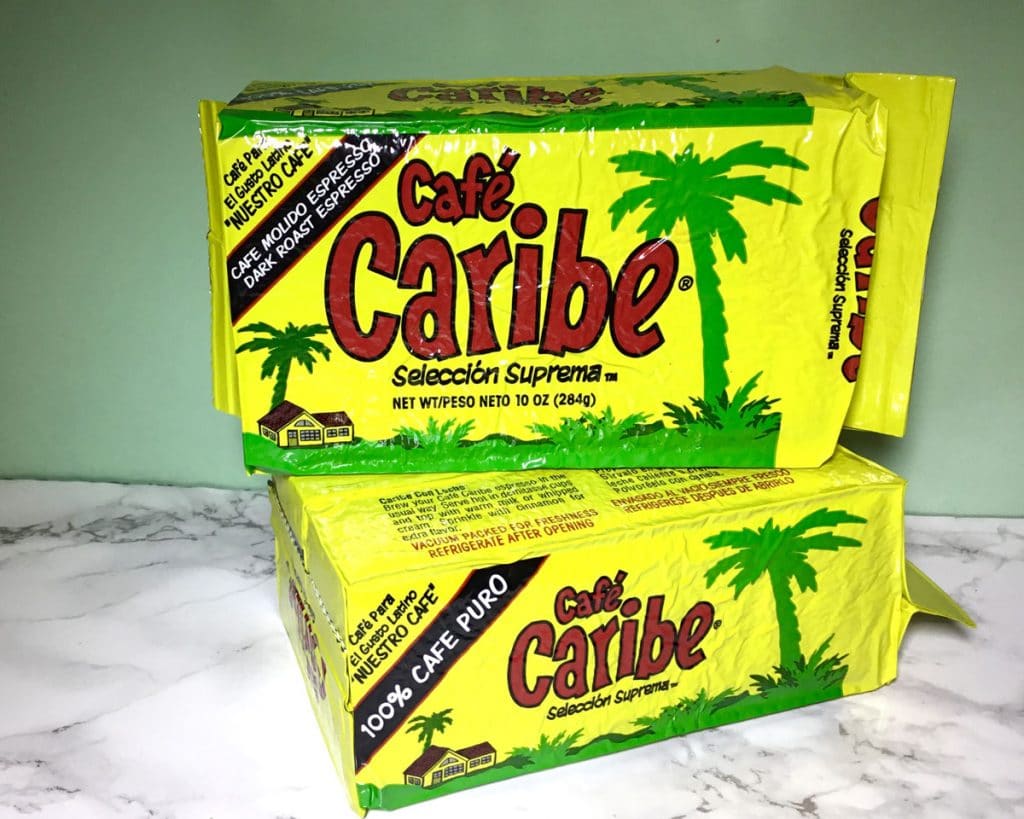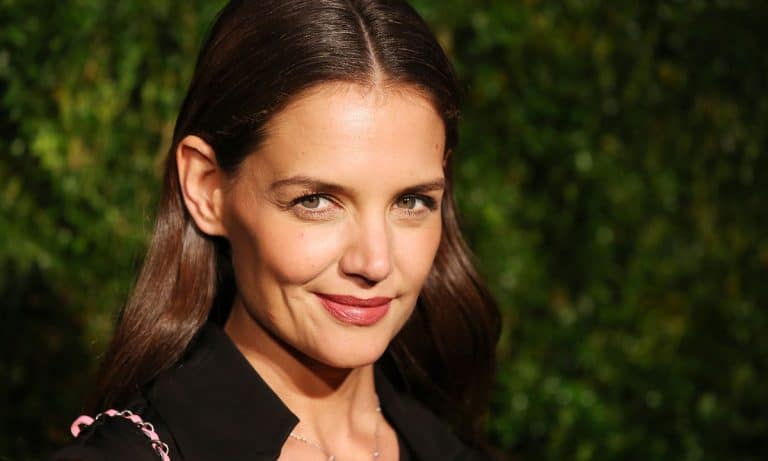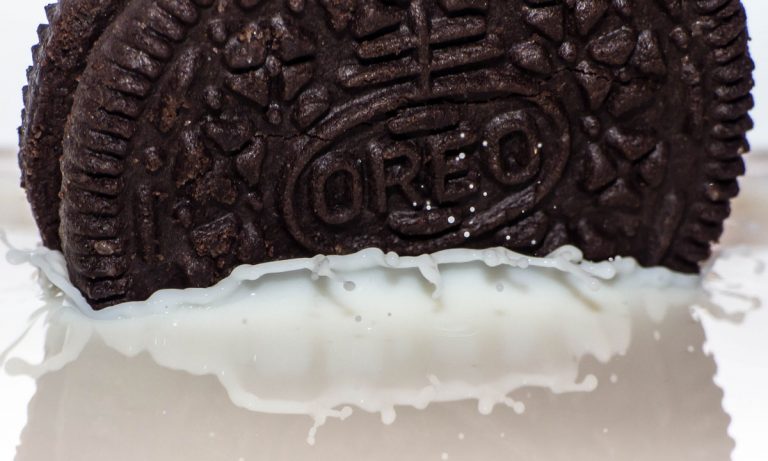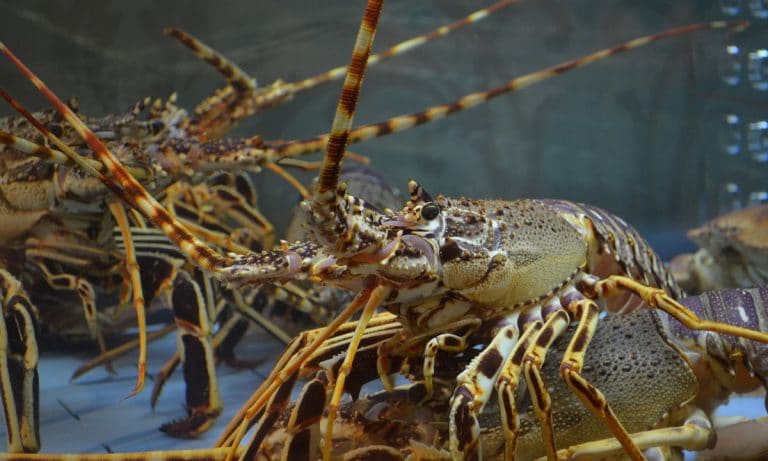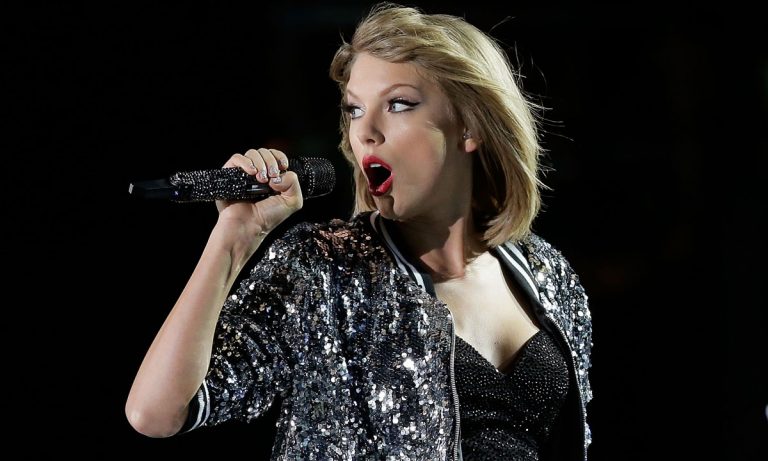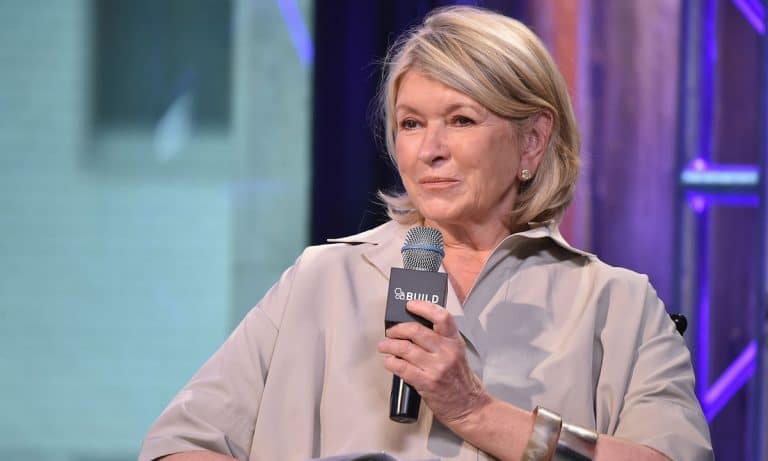Count yourself as a fan of coffee drinks? Well, Carrot lattes are now a thing. No, not carrot flavored coffee — coffee actually served in a carrot. Seems lattes served inside avocados have opened Pandora’s Box, er, compost bin.
A coffee shop in Sydney, Australia has taken the food scraps idea one step further by serving coffee drinks inside everyone’s favorite rabbit food. Locals Corner posted a photo on their Facebook page Saturday. The cafe owner admits carrots don’t hold liquid very well, but says they’re going to keep inventing new foodware, all in the name of fun.
The idea is an interesting one, and proof we haven’t reached peak latte ridiculousness. Here are 9 times baristas said, “eff this” and did whatever the hell they wanted to with coffee.
1. Avocado Lattes
As mentioned above, this new trend seems to have been the mastermind behind the next level latte fad. Serving lattes out of avocado skins is definitely one way to make a zero waste product. They’re pretty, but how the hell are you supposed to drink these things?
https://www.instagram.com/p/BUcWIoFDexw
2. Cacao Pod Lattes
Drinking lattes out of cacao pods, because why not?
https://www.instagram.com/p/BUnVAJrFHYB
3. Orange Lattes
You know, a mocha served inside an orange would actually make pretty good sense.
https://www.instagram.com/p/BUaAyrkhZrY
https://www.instagram.com/p/BUgt3xsBxFl
4. Ice Cream Cone Lattes
Serving lattes in ice cream cones makes slightly more sense than fruit peels and cacao pods.
https://www.instagram.com/p/BT2LlkglnVM
5. Unicorn Lattes
Blue spirulina is the new “green drink.” Mixed with coconut milk, dates and soaked cashews, this non-caffeinated latte out of Brooklyn is the current siren song for adults who think they’re 8-years old.
https://www.instagram.com/p/BSQ6qjYhYhE/
-
Related Story: WATCH: This Guy Makes Iced Coffee In The Most Vegas Way Ever
https://www.instagram.com/p/BUMlaZpjiGY
6. Goth Lattes
Charcoal gives new meaning to the phrase, “I’ll take my coffee black.”
https://www.instagram.com/p/BUvyPhLgdiL
7. Overflowing Cups
Over-filling coffee cups with hot milk is now an art form.
https://www.instagram.com/p/BUWNrJ7BEIq
8. Intricate Cream Art
It’s just too pretty to drink. And also, time consuming.
https://www.instagram.com/p/BUJbUHwhco-
9. Healthy Lattes
Why are we healthifying our caffeine all of the sudden? Beet root, matcha and turmeric belong in juice bars, not coffee shops.
https://www.instagram.com/p/BNMgIbLjdk6

